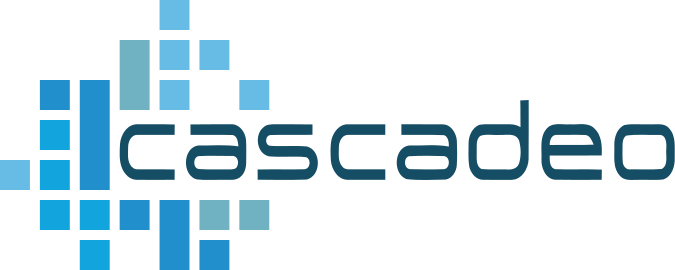What is an SLA?
A Service Level Agreement is a contract between a service provider and its internal or external customers that documents what services the provider will furnish and defines the service standards the provider is obligated to meet. SLAs are important to help service providers manage customer expectations and define the circumstances under which they are not liable for outages or performance issues.
Classifications:
1. Incidents are events that are an unplanned interruption to a service or reduction in the quality of service. A good example for this is when a website goes down.
The purpose of the incident management practice is to minimize the negative impact of incidents by restoring normal service operation as quickly as possible and ensure that incidents with the highest business impact are resolved first so prioritization is a must.
2. Problem is a cause, or potential cause of one or more incidents. Multiple related incidents for a longer period of time is considered a problem. Circling back to our example, if a website goes down on a regular basis, then it is now moved from an incident to a problem ticket.
The purpose of the problem management practice is to reduce the likelihood and impact of incidents by identifying actual and potential causes of incidents and managing workarounds and known errors.
3. Change Request is the addition, modification, or removal of anything that could have a direct or indirect effect on the IT services. An example would be modification of security groups or account permissions.
The purpose of the change control practice is to maximize the number of successful IT changes by ensuring that risks have been properly assessed, authorizing changes to proceed, and managing the change schedule.
4. Service Requests are pre-defined and pre-agreed tasks and can usually be formalized with clear, standard procedures. An example would be adding a user login or rebooting a server.
The purpose of the service request management practice is to support the agreed quality of service by handling all agreed user-initiated service requests in an effective and user-friendly manner. Service requests are pre-defined and pre-agreed and can usually be formalized with clear, standard procedures.
How tickets can be requested
You can log your tickets via our ticketing system https://support.cascadeo.com/hc/en-us/requests/new
How tickets are prioritized
Tickets are prioritized via the impact to the customer’s business and the urgency. Below is our priority matrix.
| IMPACT | ||||
| PRIORITY MATRIX | HIGH - major business processed are stopped | MEDIUM - business is degraded but there is a reasonable workaround | LOW - business is still continuing even when the event received | |
| URGENCY | HIGH - whole company / system is affected | Emergency | Critical | High |
| MEDIUM - department large group or VIP users are affected | Critical | High | Medium | |
| LOW - one user or a small group is affected | High | Medium | Low |
SLA Classification
Cascadeo further classifies tickets with SLAs that are part of our standard contract. As a standard, all requests get a first response time of 10 minutes.
| Priority Code | Description | First Response Time | SLA | Update Frequency |
| 1 | Emergency | 10 minutes | 1 Hour | 30 Minutes |
| 2 | Critical | 10 minutes | 4 Hours | 1 Hour |
| 3 | High | 10 minutes | 8 Hours | 2 Hours |
| 4 | Medium | 10 minutes | 24 Hours | 24 Hours |
| 5 | Low | 10 minutes | 48 Hours | 24 Hours |
| 6 | Planned | 10 minutes | Planned | Planned |
Incident, Change and Service Request tickets are all responsibilities of Tier 2 Engineers with the aid of runbooks. However, tickets may be escalated to Tier 3 Engineers if no runbook is available, or if there is a need for approval to run specific procedures.
Problem tickets on the other hand are handled by Tier 3 engineers, and may seek assistance for Tier 2 with minor tasks.
It should also be noted that clients are also required to obtain a paid support plan from their Cloud Service Provider (CSP) for Cascadeo’s SLA to apply. Clients who elect not to purchase paid support from their CSP do not qualify for Cascadeo’s SLA, because otherwise, Cascadeo itself cannot guarantee back-end support from the CSP on behalf of the client.
Cloud Service Provider (CSP) Support Plan
Clients purchase paid support from their Cloud Service Provider (CSP) if they want Cascadeo’s SLA to apply.
SLA Credit:
SLA violations have a sole remedy, which is service credit from Cascadeo to client, and under no circumstances will the service credit exceed one month’s managed services. SLA service credits are applied upon client request and in coordination with the customer’s engagement manager at Cascadeo.
